15 Types of Wisteria for a Magically Enchanting Garden
Author: Jen Worst | Editor: Omar Alonso
Review & Research: Jen Worst & Chris Miller
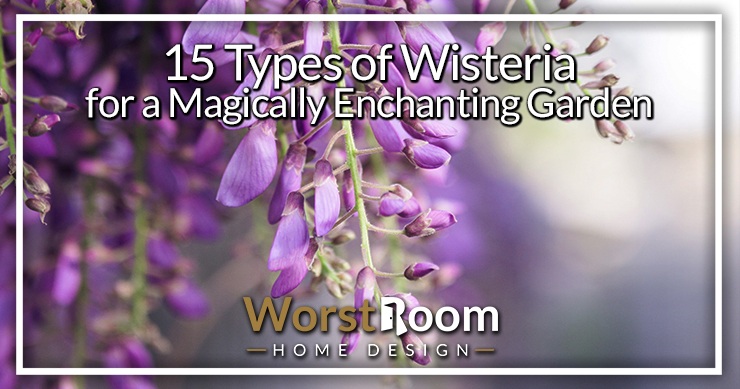
If you want to add some mesmerizing beauty in your garden, then any types of wisteria plant could be an excellent choice for you.
Blooming wisteria can catch the eye of anyone passing by your beautiful garden. They will feel like they are watching a scene from an animated movie or storybook. Their rich shades of flower drape can make any neighbor envious.
We can tell you about different types of wisteria flower vines that will tremendously enhance the beauty of your floral project around your home or garden.
With more than a dozen wisteria plants available to select from, one can easily get confused. We can tell which wisteria has more flowers, a stronger fragrance, or longer tassels. We can also inform you of the different rich color shades that they also have.
15 Types of Wisteria
In this article, we will describe many varieties of wisteria flowers so that you can make an informed decision and select the best option for your needs.
Chinese Wisteria (Wisteria Sinensis)
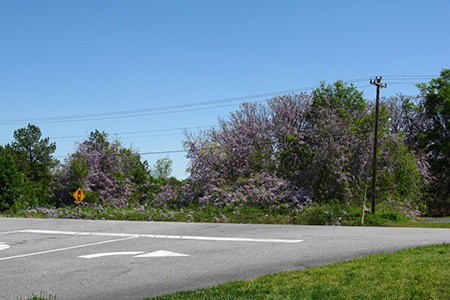
Chinese wisteria is a beautiful purple-blue flower. But some of its species can produce other colors like pink, white, and violet.
The full bloom occurs from the beginning of spring and lasts until early summer. Their bloom also lasts longer than the other wisterias. Its flowers grow in clusters, which are called racemes. And these racemes can grow to be feet long.
The Chinese wisteria is a strong climber. This plant grows well both in shady areas and in direct sunlight. Chinese wisteria can often grow up to 20 feet high and 30 feet wide. It has a strong fragrance and looks great on fences, walls, and the sides of buildings.
Japanese Wisteria (Wisteria Floribunda)
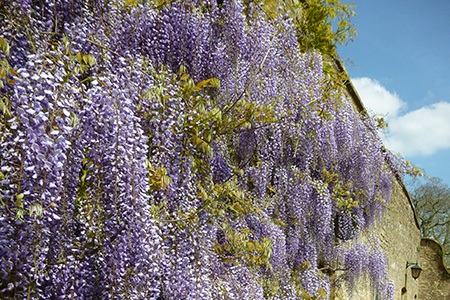
Japanese wisteria produces racemes or flower clusters. The raceme is usually longer than a foot in length. It can produce white, blue, lavender, rose-pink, red-violet, and deep purple flowers.
This plant is something that paints a garden with its beautiful colors. Japanese wisteria is a coniferous vine that adds a pleasant aroma to gardens. Like the others, these wisteria all resemble types of willow trees do a degree.
The blooming happens in mid-spring and continues up till early summer. At this time, any garden containing this wisteria species produces some of the most charming and colorful environments.
These wisteria varieties have oval or elliptical leaves with fewer than 20 leaflets. At first, these leaflets are bronze or faint green in color, and they start turning into a mesmerizing golden yellow in the fall. Japanese wisteria can also climb very high. That's why this flowering plant is ideal for high places.
Pink Japanese Wisteria (Wisteria Floribunda 'Rosea')
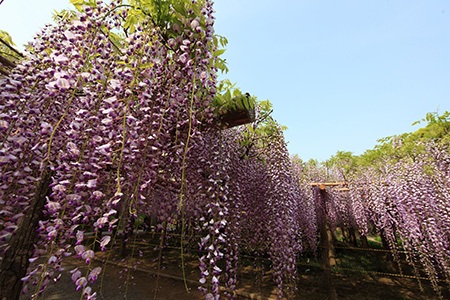
Pink Japanese wisteria is also referred to as the most romantic wisteria species. It's exquisitely beautiful and has a captivating fragrance. The plant starts blooming from the base of each raceme to the nib and fully grows in the late spring or early summer.
And in the middle of summer, the flowering ends. It grows to a height of almost two feet and creates very lengthy hanging racemes. The flowers are blessed with an enchanting pale pink and capped with a purple color.
The beauty of pink Japanese types of wisteria is a visual treat for the eyes. That's why it is among the top choices for any garden.
Silky Wisteria (Wisteria Brachybotrys)
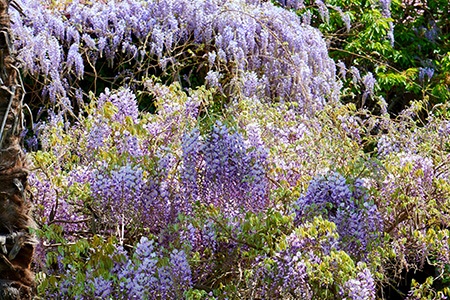
The origin of silk wisteria is in Japan. And it has one of the strongest fragrances among all wisterias. It gets its name from the silky hairs around the foliage of this type of wisteria plant.
Although Japanese and Silky wisteria both came from the same origin, the fundamental distinction is the length of the racemes.
They start flowering in the middle of spring and continue blooming up till the middle of summer. Their purplish violet flowers and enchanting smells attract various insects and birds. From a distance, silky wisteria looks like grapes. It produces seed pods that might be poisonous if ingested.
Scarlet Wisteria (Sebsbania Punicea)
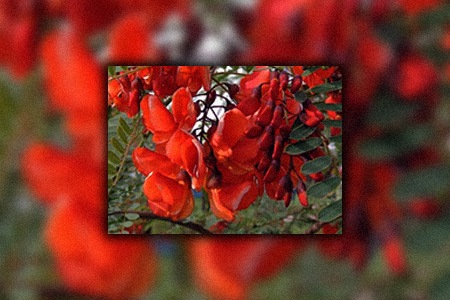
This deciduous (meaning the leaves are shed every year) shrub comes from the Fabaceae family as usual. You generally find it growing along wet areas like rivers, channels, canals, and even ditches or around ponds in the Central Valley of California.
It's invasive so you'll want to control its growth so you can enjoy the orange and red colored flowers where you intended. They grow very densely so don't be afraid to thin them out some. They cause problems for wildlife and for the natural flow of water, so you know they're aggressive.
Watch out too, because the entire plant is poisonous to all types of animals that may decide to eat it. Poisonous flowers aren't a problem only for humans. Of course you aren't planning on eating them but please take care if you grow the plant, especially if you have children and pets.
Amethyst Falls American Wisteria (Wisteria Frutescens)
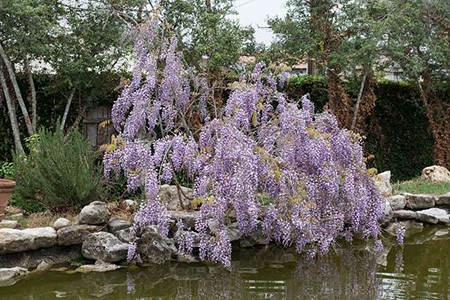
The Amethyst Falls wisteria is an American wisteria cultivar. It's preferable over the Asian varieties because it grows less aggressively, both as a climber and as an invasive spreader. The pea-shaped blooms will be pleasantly fragrant as they develop their lavender colored flowers.
These cold-hardy vines perform well in full sunlight in the USDA zones 5 through 8. Just keep the soil well-drained and you'll see just how fast it can grow to it's average between 8 feet and 25 feet in height. It'll spread to about 15 feet in width if you allow it.
The leaves are small, green pinnate style leaves with lanceolate leaflets growing on either side of the vine along the stems. The flowered clusters will finish flowering and be replaced by seed pods that are brown in color and about 3 inches in length. Of all the colors of wisteria, you'll love the shades you get here.
Wisteria Brachybotrys 'Okayama'
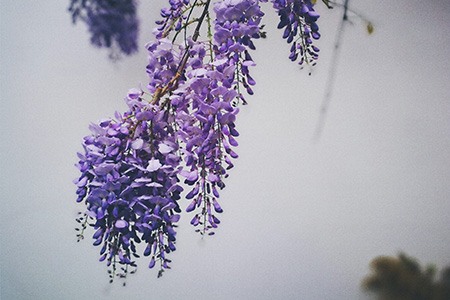
The Okayama wisteria is a variant of the Silky types of wisteria. You can expect it to grow upwards to 20 inches at the max and usually between 10 and 20 inches. The hanging sprays will grow in the typical bunches, featuring lilac colored flowers. These pale flowers will develop large white centers to them.
When spring time rolls around you'll enjoy the blossoming flowers, which soon grow bean-shaped pods that will become ripe later in the summer season. People have found that these are particularly enjoyable in the types of planters you mount on the wall, or letting them climb up pergolas.
Wisteria Brachybotrys 'Showa-Beni'
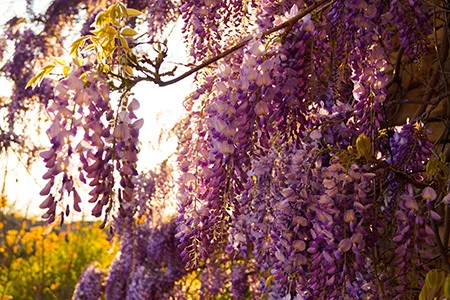
The Showa-Beni is also a variety of the Silky wisteria, like the Okayama above. It's enjoyed for its very lush foliage, which is above average on the plush scale, if there is such a thing. They produce a relaxing scent as well.
It's a striking climber, meaning that the vines will grow and find a suitable place to hangle their 6 inch long sprays, which will produce masses of white and pink flowers. Interestingly, these flowers also produce a yellow spot that gives Showa-Beni its unique flair.
Wisteria Floribunda (Macrobotrys)
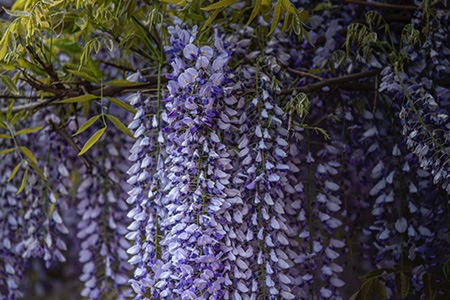
Wisteria Floribunda has one of the longer racemes. This one has a stunning floral exhibit and one of the most wonderful scents. It's an award-winning species of wisteria. The clusters of these wisteria varieties can reach up to almost three and a half feet long.
A dark purple marking on the lilac-colored flower makes it one of the most stunning flowers in any collection. This type of wisteria starts blooming in late spring. And its mesmerizing view continues up to mid-summer. If put under direct sunlight, it produces the best result.
Wisteria Floribunda 'Royal Purple'
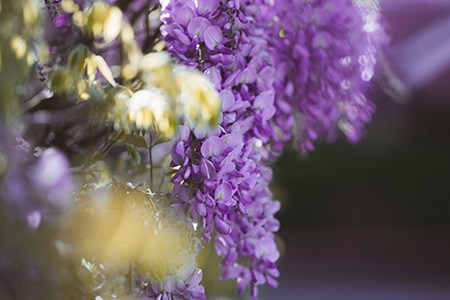
Wisteria Floribunda "Royal Purple" gets its name from its deep purple color. It starts blooming in late spring and continues till early summer. This species is also an award-winning Japanese cultivar.
The royal purple wisteria produces stunning blooms. The bloom looks like natural curls, and the shape is pea-shaped. This flower is also renowned for its fabulous fragrance. Imagine having wisteria dangling and underneath tree are types of lupine growing and blowing in the wind. What a beautiful scene.
Its racemes can reach up to nearly 2 feet long. The compact, rich green foliage is very enticing. The foliage has 11 to 19 lance-shaped leaflets that transform into bright golden-yellow in the fall.
These types of wisteria flowers grow best in the temperatures of Japan, as they are native there. It can grow to almost 30 feet tall very quickly.
Wisteria Sinensis 'Jako'
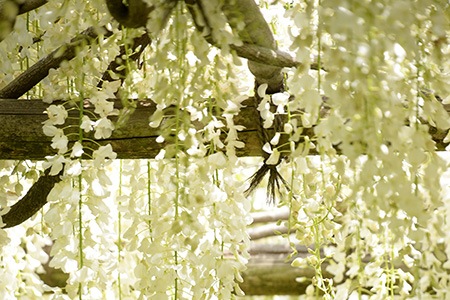
Wisteria Sinensis 'Jako' is a beautiful, aromatic species with eye-catching white flowers. This plant starts blooming in late spring and sometimes even in early summer. With their consistent flowering, they often provide a stunning floral showcase.
It is a well-known woody climber with exceptionally big, vigorously sweet-smelling racemes. The raceme can reach more than 2 feet in length.
This species also produces the best results under direct sunlight. Wisteria Sinensis 'Jako' needs regular trimming to maintain its size and shape and exceptional blooming. They look especially fantastic around any types of dogwood trees, in my opinion.
Wisteria Sinensis 'Prolific'
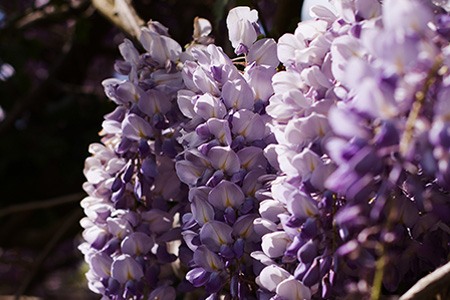
Wisteria Sinensis 'Prolific' is another sister cultivar of Chinese wisteria. This species is a woody climber with a pleasant aroma. This vine's blossoms are typically turquoise petals that grow in drooping concentric circles up to 2 feet and more.
The blooming period for this wisteria starts in early spring. And its blooming continues through the whole summer season. Leaflets of Wisteria 'prolific' consist of 13 leaves. They are also very beautiful, like their flower counterparts.
Some plants may take longer than five years to bloom, as it takes time to adjust. To get maximum blooming, this species needs direct sunlight. If combined with fertile lands that are a little acidic, moist, and well-drained, then the plant shows the best result.
Kentucky Wisteria (Wisteria Macrostachya)
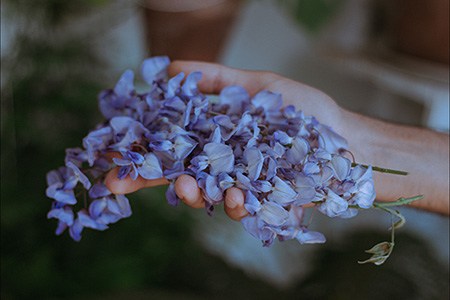
Kentucky wisteria is native to the United States. The origin is from Texas, the Midwest, and Louisiana, but it grows pretty well in USDA zones 4 to 9. This plant is a non-invasive and passively aggressive species.
Kentucky types of wisteria blooms in racemes of pale purple blooms with a mild fragrance. Under direct sunlight, this species of wisteria can grow up to 30 feet long.
The foliage of the Kentucky wisteria plant consists of pinnately compound leaves with up to eight to ten leaflets. It can do well in low temperatures. The flowering period of this plant is also quite long.
Blue Moon Wisteria (Wisteria Macrostachya ‘Blue Moon’)
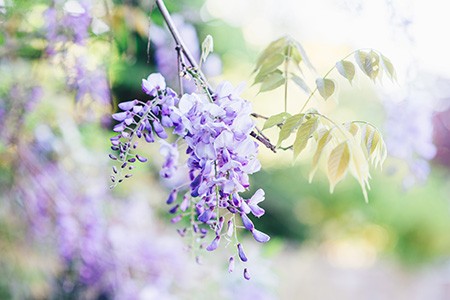
Blue Moon wisteria is a sister cultivar of Kentucky wisteria with more fragrance. This species gets its name from its bluish-purple flower clusters. Its foliage is also pinnately compound, containing eight to nine leaflets.
Blue moon wisteria has excellent growth, up to 25 feet tall. It sometimes gets up to 8 feet wide. These sweet-smelling flowers appear in June and produce large hanging conical clusters up to 12 inches long, providing a spectacular floral showcase.
The best feature of the blue moon varieties of wisteria is multiple blooming. Under direct sunlight, it can produce flowers up to 3 times with beautiful colors of wisteria each time.
American Wisteria (Wisteria Frutescens)
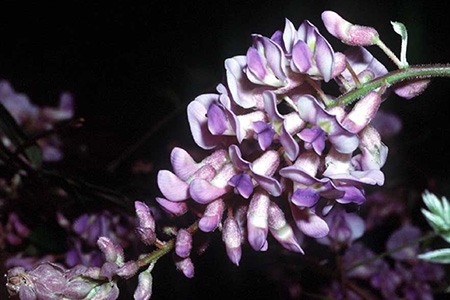
Compared to Chinese and Japanese wisteria, American wisteria is a less aggressive vine. It is native to the United States, as we can see from its name.
Their blooming season starts in late spring and continues sporadically throughout the summer. The water-stress tolerance of American wisteria is high. But it produces the maximum flowers when cultivated in direct sunlight and rich soil.
In a suitable environment, it can grow up to almost 40 feet long. The foliage of the American wisteria consists of nine to fifteen leaflets. The leaves are shiny and dark green. They are arranged in the opposite direction along the stems.
The spring is the best trimming season for American wisteria varieties. It grows rapidly when the trimming is done after a full bloom session.
Types of Wisteria for a Whispy, Fantasy Garden
Introduced during the 1800s to America and Europe, wisteria has grown into its fan base. But selecting the best types of wisteria for any garden has to be dependent on availability and personal preference.
Some wisteria species are considered aggressive, while others are considered passive. We can say that if you want beauty, you cannot go wrong with wisteria.
If anyone doesn't want their garden invaded by the different types of wisteria, they can select them for anywhere in the house where they can hang the plant. The result will be still mesmerizing.



